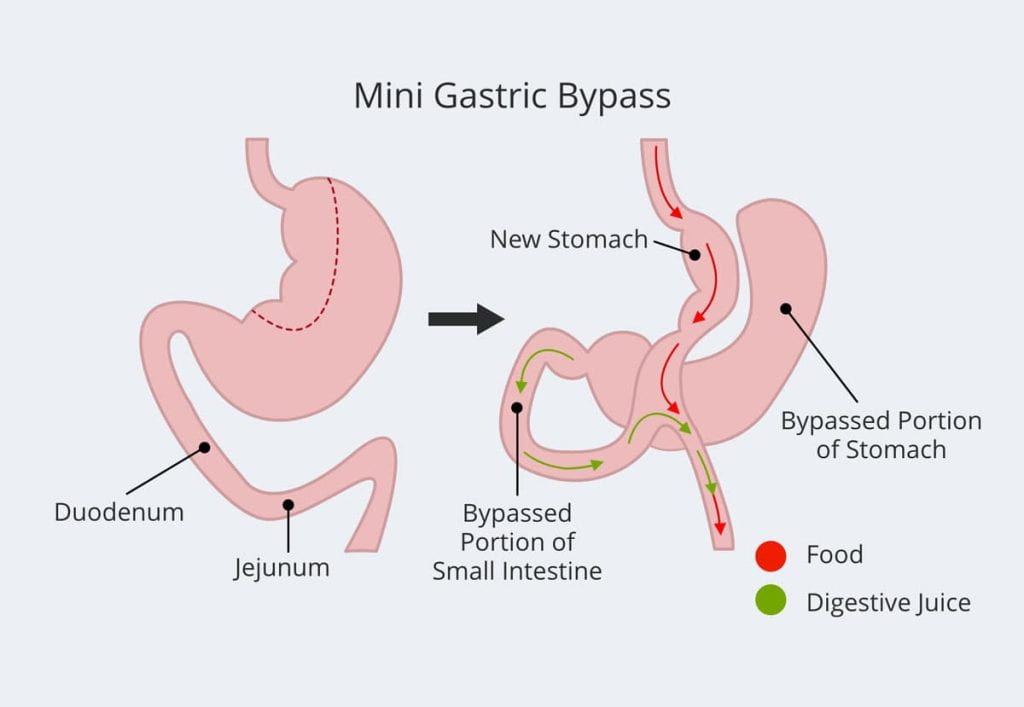The Spatz 3 adjustable gastric balloon is an innovative weight loss solution that has gained popularity for its unique adjustability feature. Designed for individuals struggling with weight management, this medical device offers a minimally invasive alternative to more drastic weight loss surgeries. In this article, we explore the Spatz 3 Balloon in Dubai and how it supports weight loss efforts.
What is the Spatz 3 Balloon?
The Spatz 3 gastric balloon is a non-surgical, temporary weight loss device placed in the stomach to create a feeling of fullness and reduce food intake. Unlike traditional gastric balloons, the Spatz 3 balloon offers an innovative adjustability feature that allows the volume of the balloon to be increased or decreased during the treatment period.
How Does the Spatz 3 Balloon Work?
The Spatz 3 balloon is inserted endoscopically into the stomach during a quick, outpatient procedure. Once in place, the balloon is inflated with a saline solution, occupying space in the stomach. By reducing the stomach’s capacity, it helps users feel full with smaller portions, leading to reduced calorie intake. The adjustable nature of the Spatz 3 balloon means that the volume can be altered during follow-up visits to maximize comfort and weight loss results.

Benefits
The Spatz 3 balloon offers a range of benefits that make it a standout option for those seeking effective weight loss solutions. Here are some of the key advantages:
- Adjustability for Comfort: One of the most significant benefits of the Spatz 3 balloon is its adjustability. If patients experience discomfort or require additional support in their weight loss journey, the balloon’s volume can be adjusted. This feature helps address common issues associated with traditional gastric balloons, such as intolerance or stagnated weight loss.
- Customizable Treatment: The ability to increase or decrease the balloon’s size ensures a personalized approach. This flexibility allows healthcare providers to optimize the treatment for individual needs, enhancing results.
- Prolonged Treatment Period: The Spatz 3 balloon can remain in the stomach for up to 12 months, providing an extended window for weight loss compared to other gastric balloons, which typically stay in place for six months. This extended duration allows patients more time to adopt healthier eating habits and lifestyle changes.
- Non-Surgical Option: As a minimally invasive procedure, the Spatz 3 balloon does not require surgery or extensive recovery time. This makes it an attractive option for individuals looking for effective weight loss without the risks and downtime associated with surgical interventions.
- Enhanced Motivation and Accountability: Regular follow-up visits with healthcare providers to monitor progress and adjust the balloon’s volume help keep patients motivated and accountable throughout their weight loss journey.
Who is a Candidate for the Spatz 3 Balloon?
The Spatz 3 balloon is suitable for individuals with a BMI (Body Mass Index) between 27 and 40 who have struggled to achieve weight loss through diet and exercise alone. It is an excellent option for those seeking a non-surgical, temporary solution to kickstart their weight loss journey.
The Adjustment Process Explained
The adjustability of the Spatz 3 balloon is its defining feature. Adjustments are performed endoscopically, typically taking only a few minutes. This process involves either increasing the balloon’s volume to enhance the feeling of fullness or decreasing it to alleviate discomfort. Adjustments can be made multiple times during the 12-month treatment period, depending on the patient’s progress and needs.
Post-Treatment Results and Lifestyle Changes
The Spatz 3 balloon is not a standalone solution but rather a tool to support weight loss efforts. To achieve long-term success, patients must adopt healthy eating habits and incorporate regular physical activity into their routine. Following the removal of the balloon, maintaining a balanced diet and active lifestyle is crucial to preserving weight loss results.
FAQs
How long does the Spatz 3 balloon stay in the stomach?
The Spatz 3 balloon can remain in the stomach for up to 12 months, providing a longer treatment period compared to other gastric balloons.
Is the Spatz 3 balloon procedure painful?
The procedure is minimally invasive and typically well-tolerated. Some patients may experience mild discomfort during the initial days, which usually subsides quickly.
Can the Spatz 3 balloon be adjusted multiple times?
Yes, the balloon’s volume can be adjusted multiple times throughout the treatment period to optimize results and ensure patient comfort.
What happens after the Spatz 3 balloon is removed?
Following removal, patients must continue practicing healthy eating and lifestyle habits to maintain their weight loss.
Is the Spatz 3 balloon suitable for everyone?
The Spatz 3 balloon is ideal for individuals with a BMI between 27 and 40 who have struggled to lose weight through diet and exercise alone. A consultation with a healthcare provider is necessary to determine eligibility.
Conclusion
The Spatz 3 gastric balloon offers a revolutionary approach to weight loss with its unique adjustability feature. This innovative solution provides a customizable, extended treatment period, giving patients the tools and time needed to make meaningful lifestyle changes. For individuals wondering, “Can the Spatz 3 balloon be adjusted?” the answer is a resounding yes, making it a highly versatile option for effective and personalized weight loss.








